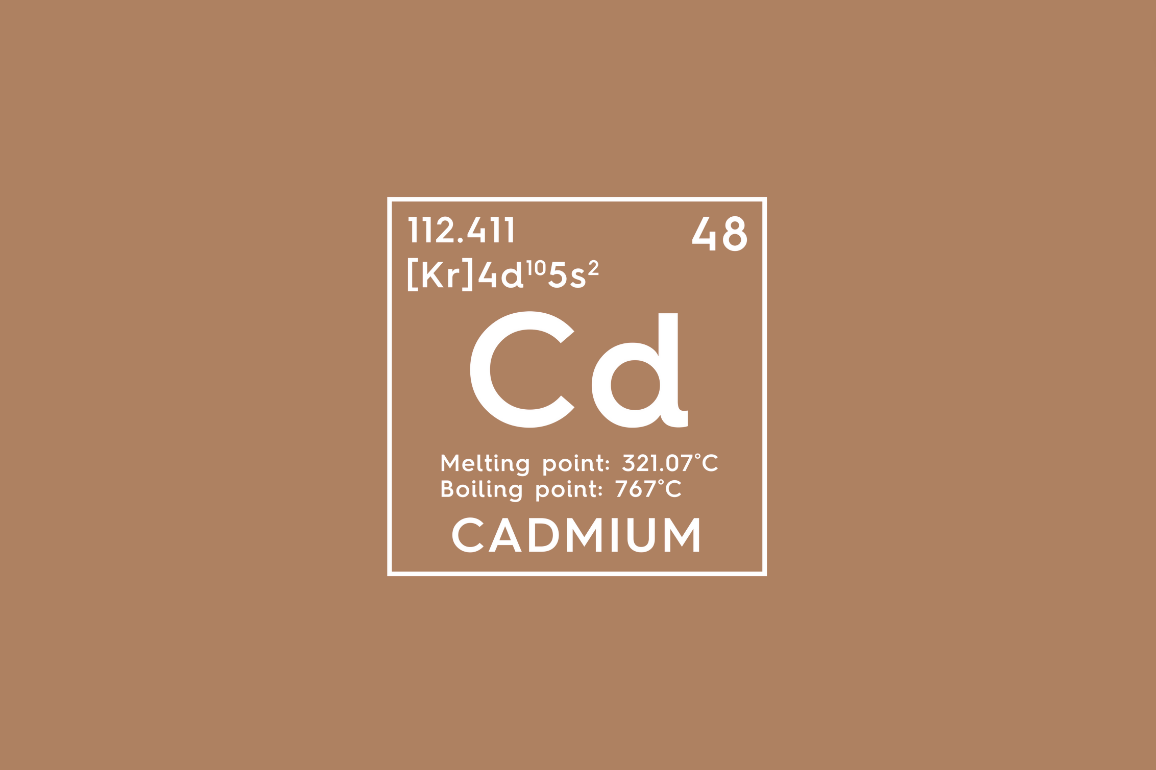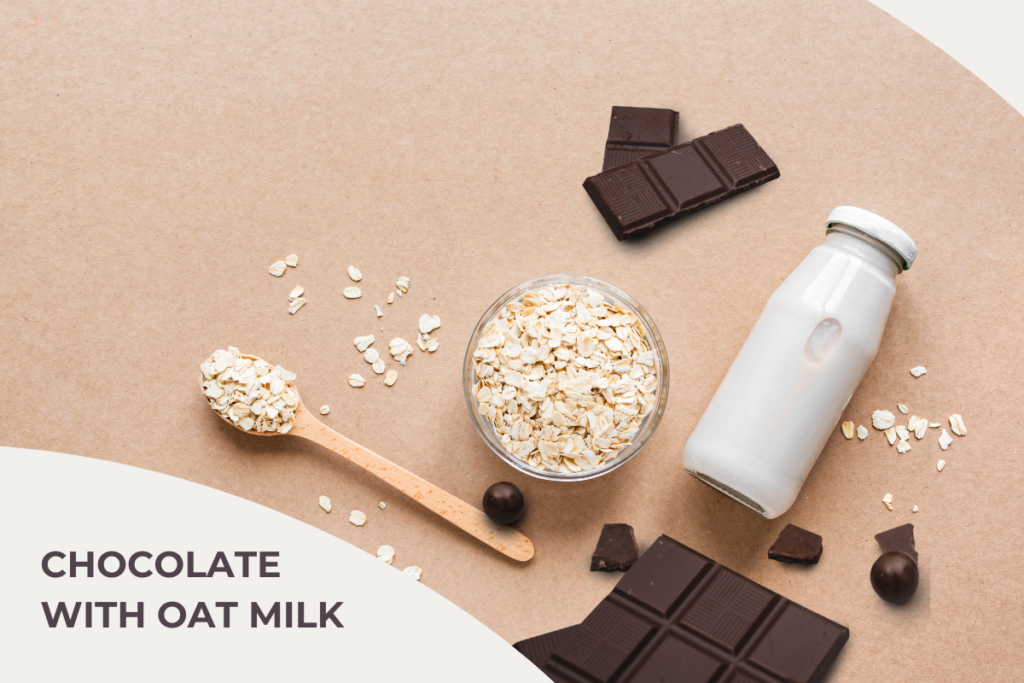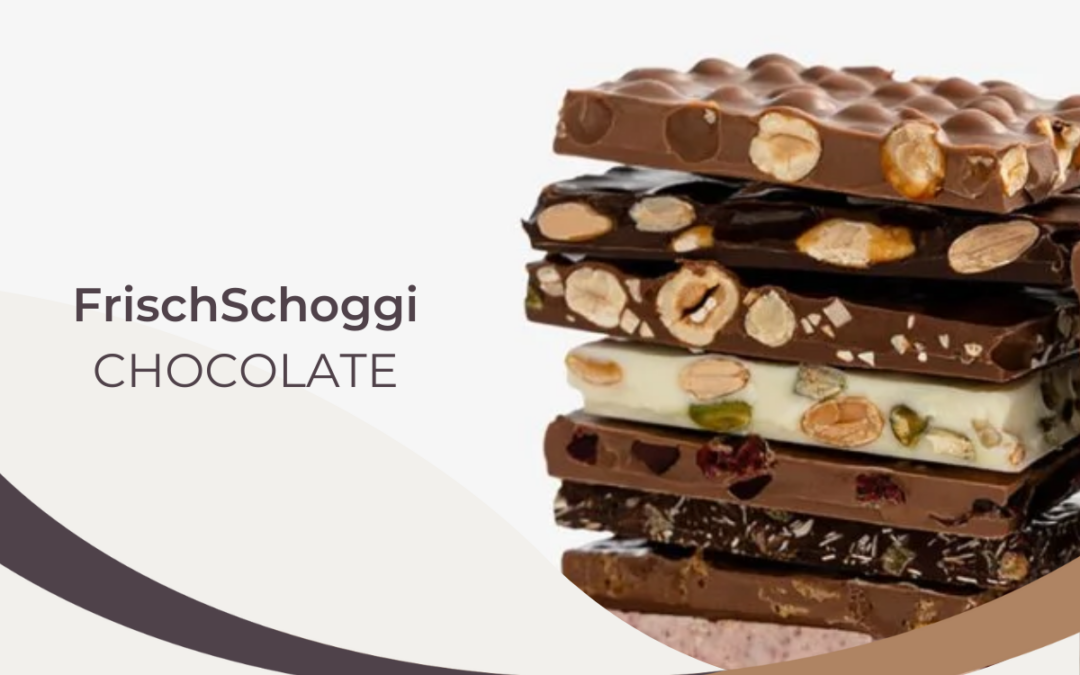Cadmium is a naturally occurring heavy metal that can be found in soil, water, and rocks. It can also make its way into the food supply chain and cause harmful effects on human health if you are exposed to it, especially if you are exposed to large amounts over an extended period of time.
To ensure the safety of chocolate consumers, it is important to understand how cadmium gets into chocolate and what can be done to mitigate the risks. In this blog post, we will explore the common pathways of cadmium in chocolate and what chocolate manufacturers are doing to ensure their products meet safety standards.
What is cadmium?
Cadmium is a naturally occurring element in the earth’s crust. It is produced as a byproduct of smelting and refining other metals such as zinc, lead and copper. It is most frequently used in rechargeable batteries for mobile phones and cordless equipment. Cadmium is also found in food, paint, plastic and fertilizer and cigarette smoke.
Exposure to cadmium occurs mostly in the workplace, where workers are exposed to cadmium through the use of products made from this element. The general population can also be exposed to cadmium by smoking cigarettes or eating foods that are contaminated with cadmium. Exposure to cadmium can affect the kidneys, lungs, and bones.
Consuming food or drink contaminated with cadmium can cause stomach irritation, abdominal cramps, nausea, vomiting and diarrhea. Headaches, flu-like symptoms, swelling of the throat and tingling hands may also occur. Only a small amount of cadmium remains in the body after eating food contaminated with cadmium, but if consumed over a long period of time, it can lead to kidney disease and weaker bones. Large amounts of cadmium can damage the kidneys and heart, leading to death in severe cases.
Cadmium in chocolate?
Recently, a number of news articles have been published about the presence of lead and cadmium in dark chocolate. Researchers have discovered that many brands of dark chocolate may contain concerning levels of lead, cadmium or both.
An FDA study found that dark chocolate had, on average, 7.6 micrograms of cadmium and 0.8 micrograms of lead per one-ounce serving. Some products had three or four times as much. (Milk chocolate, which contains less cocoa, had much lower concentrations.) Compared with more than 300 other foods tested by the FDA, dark chocolate had the third-highest concentrations of both cadmium and lead; only baking powder and cocoa powder had higher levels of lead; cocoa powder and sunflower seeds had higher levels of cadmium.
Recent research indicates that higher levels of cadmium are found in the shell of the cocoa bean which is typically removed before processing into chocolate. By improving separation and removal of the shell from the cocoa nib, chocolate makers may be able to reduce cadmium levels in chocolate.
How does cadmium get into the chocolate?
Cadmium is a naturally occurring element found in soil and rocks, but human activities like mining, manufacturing and farming have increased their levels in the air and water.
Here are some common ways that cadmium can get into chocolate:
Soil contamination: Cadmium can accumulate in the soil through natural sources or human activities such as industrial pollution, mining, or the use of fertilizers and pesticides. Cacao plants absorb cadmium from the soil, which can also be found in the cocoa beans used to make chocolate.
Water: Cadmium can enter the food supply chain through contaminated irrigation water used to grow cacao plants. In areas where water sources are contaminated with cadmium, cacao plants can absorb the cadmium through their roots and transfer it to cocoa beans.
Processing and packaging: Cadmium can also enter chocolate during the processing and packaging stages. During processing, cadmium can be present in the equipment used to process cocoa beans, as well as in the packaging materials, such as foil or paper.
Contaminated ingredients: Chocolate manufacturers may also use ingredients, such as sugar or milk, that have been contaminated with cadmium.
Does consuming cadmium have any benefits?
Cadmium is a toxic heavy metal that does not provide any known health benefits for humans. In fact, exposure to cadmium can have harmful effects on the body.
Some key points regarding cadmium and its negative impacts include toxicity, environmental contaminants, bone health, and reproductive and developmental effects. It is crucial to minimize exposure to this heavy metal, which can be achieved by avoiding contaminated environments and being cautious with occupations with increased expose to cadmium. Additionally, industry regulations and practices are important to reduce environmental pollution and limit human exposure to cadmium.
Are chocolate makers taking steps to ensure their products meet safety standards with cadmium?
Chocolate makers are taking the presence of cadmium very seriously. They are employing several measures to ensure that their products contain minimal amounts of cadmium or are cadmium-free. By collaborating with suppliers, farmers, and industry organizations, chocolate makers are working to meet safety standards and provide consumers with safe and high-quality chocolate. By implementing these measures and continuously improving their processes, chocolate manufacturers strive to meet safety standards, minimize the risk of contaminants (beyond cadmium), and provide consumers with safe and enjoyable products.
In short, cadmium is a toxic heavy metal and doesn’t have any known health benefits for humans. It’s important to minimize exposure to this heavy metal by choosing reputable brands, looking for chocolate certifications, and checking the country of origin. Unfortunately, it’s virtually impossible to completely eliminate cadmium from your diet because it’s naturally present in the environment and found in trace amounts in many food sources. By being mindful of your chocolate choices and adopting a balanced approach to consumption, you can reduce your overall exposure to cadmium while still enjoying your favorite treat.
We hope you enjoyed this article. For more great articles, check out the rest of our CocoTerra blog. If you have any questions or comments, feel free to contact us through our social media channels. We are @cocoterra_co on Instagram and Pinterest and @cocoterraco on Twitter and Facebook.







